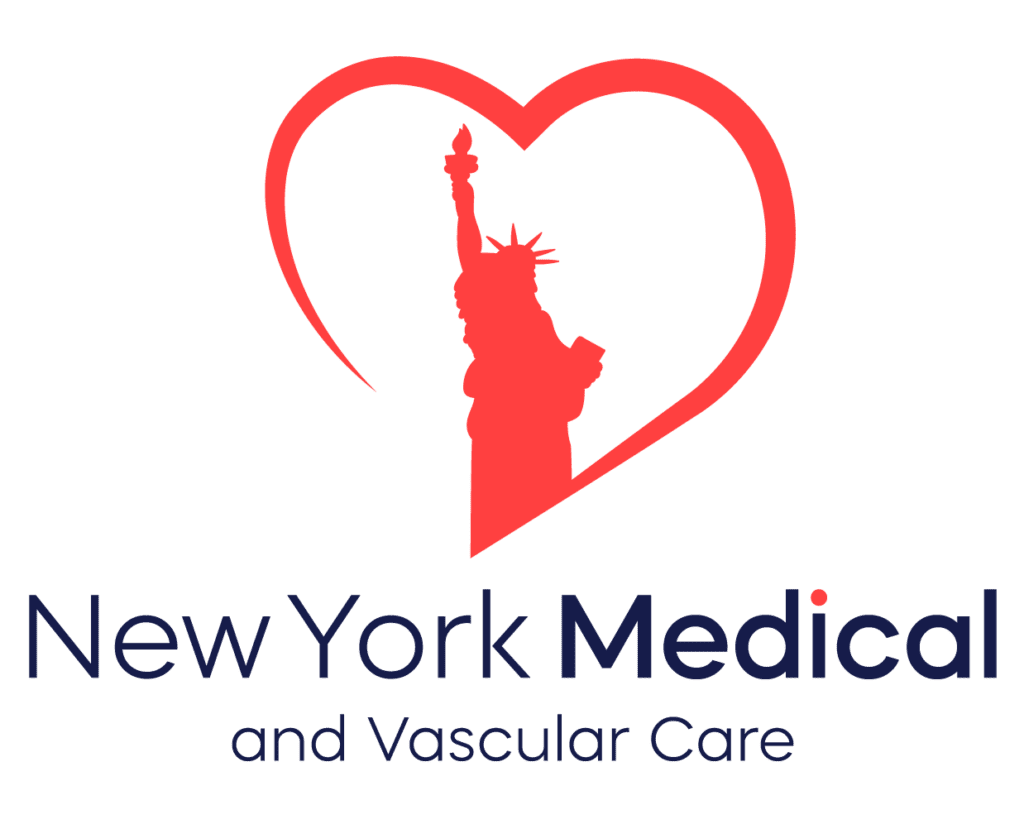A stroke, often referred to as a “brain attack,” occurs when the blood supply to part of the brain is interrupted or reduced, preventing brain tissue from getting the oxygen and nutrients it needs. Prompt recognition and treatment of a stroke are critical to reducing the risk of severe brain damage, disability, or even death. At New York Medical and Vascular Care (NYMVCare), we emphasize the importance of understanding the early signs of a stroke to ensure immediate medical attention. Here’s what you need to know about recognizing the signs of a stroke.
Understanding Stroke
There are two main types of strokes:
- Ischemic Stroke: This type occurs when a blood clot blocks or narrows an artery leading to the brain. It accounts for about 87% of all strokes.
- Hemorrhagic Stroke: This occurs when a blood vessel in the brain bursts, causing bleeding in or around the brain.
Recognizing the signs of a stroke early can save lives and improve recovery outcomes. The acronym F.A.S.T. is a simple way to remember the most common signs of a stroke.
F.A.S.T.: The Key to Early Stroke Recognition
F – Face Drooping
Ask the person to smile. Does one side of the face droop or feel numb? An uneven smile is a warning sign.
A – Arm Weakness
Ask the person to raise both arms. Does one arm drift downward, or is one arm unable to rise? Weakness or numbness in one arm is another red flag.
S – Speech Difficulty
Ask the person to repeat a simple sentence. Are the words slurred or hard to understand? Speech difficulty is a critical sign of a stroke.
T – Time to Call 911
If you observe any of these signs, even if they go away, call 911 immediately. Time is of the essence when dealing with a stroke.
Other Symptoms to Watch For
While F.A.S.T. covers the most common symptoms, strokes can present other signs that should not be ignored:
- Sudden Numbness or Weakness
This can affect the face, arm, or leg, especially on one side of the body. - Confusion or Trouble Understanding
Sudden confusion, difficulty speaking, or understanding speech can indicate a stroke. - Sudden Trouble Seeing
Vision problems can occur in one or both eyes, such as blurred or blackened vision or double vision. - Sudden Trouble Walking
Loss of balance, dizziness, or lack of coordination can also be signs of a stroke. - Severe Headache
A sudden, severe headache with no known cause can be a symptom of a hemorrhagic stroke.
Risk Factors for Stroke
Certain risk factors increase the likelihood of a stroke, including:
- High blood pressure
- Diabetes
- High cholesterol
- Smoking
- Obesity
- Family history of stroke
- Age (risk increases with age)
- Previous stroke or transient ischemic attack (TIA)
Prevention and Early Intervention
Preventing a stroke involves managing risk factors and making healthy lifestyle choices. Regular check-ups, a balanced diet, regular exercise, and avoiding smoking can significantly reduce the risk. For those with existing health conditions, adhering to prescribed treatments and medications is crucial.
Conclusion
Recognizing the early signs of a stroke and acting quickly can mean the difference between life and death, as well as the extent of recovery. At NYMVCare, we are dedicated to providing comprehensive care and education to help our patients manage their health and reduce the risk of strokes. If you or a loved one experience any symptoms of a stroke, remember to think F.A.S.T. and seek immediate medical assistance.
For more information on stroke prevention and management, or to schedule an appointment with our specialists, visit our website or contact us today. Your health and well-being are our top priority.
Written By DapraLab


